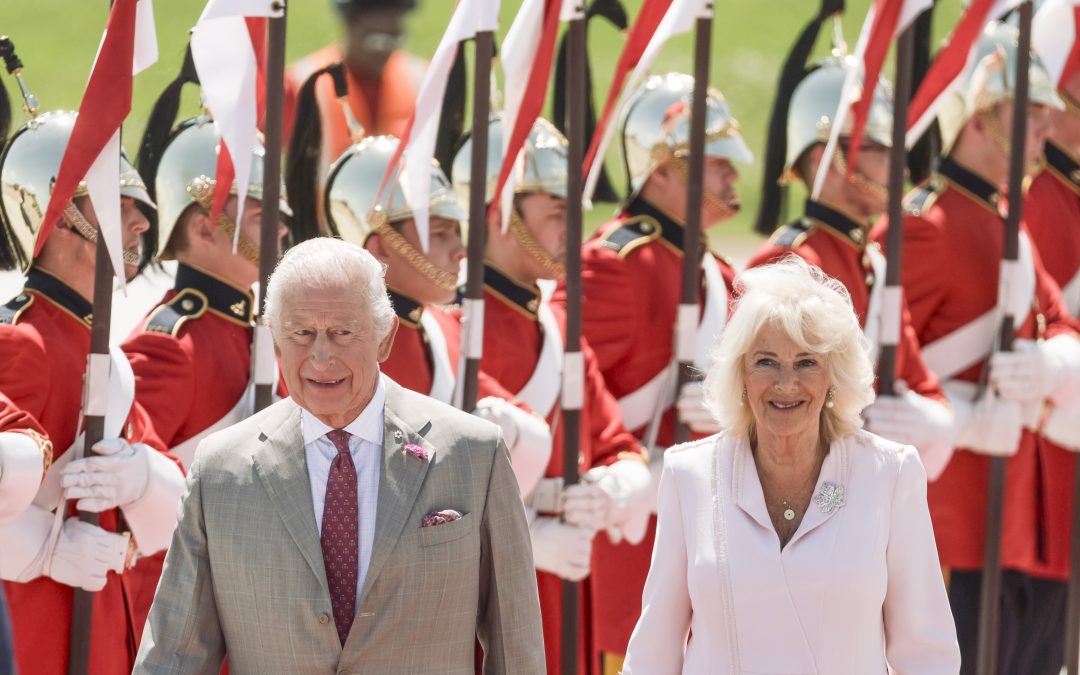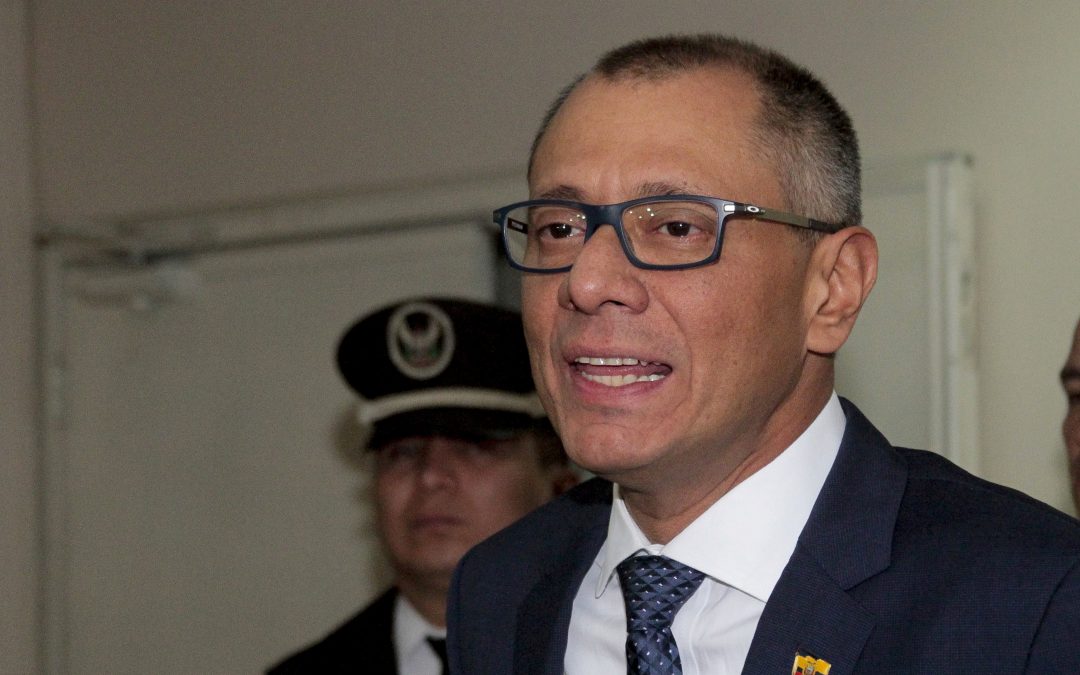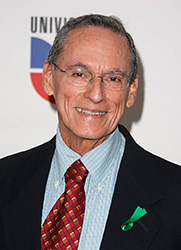These estimates, however, do not encompass the thousands of Cubans believed to have drowned trying to flee the island in rickety boats or man-made rafts. Nor do they include any of the hundreds of thousands killed by Communist guerrillas in Latin America abetted or inspired by Castro. Just in Colombia, government tallies indicate that the killings exceeded two hundred twenty thousand over five decades. Equally high is the number of casualties estimated in Castro-supported wars in Guatemala and other Central American countries.
According to the Cuba Archive, the mass killings by firing squad on the island started on January 12, 1959, just eleven days after the triumph of the revolution. Seventy-one men in the far-eastern city of Santiago de Cuba—most of them career officers of the island’s armed forces and police—were accused of being Batista supporters. They were subjected to a summary trial by an ad hoc «revolutionary tribunal» and found guilty without due process or evidence of the alleged crimes. By order of Raul Castro, who was stationed in Santiago, they were sentenced to death.
In the early morning hours of the twelfth, they were lined up in pairs and shot by firing squad in front of ditches that had been dug in a shooting practice field in San Juan Hill. The mass graves were then filled by a bulldozer. Witnesses report that several of the men were buried alive.
Since numbers don’t show the full human impact of the killings, consider one particularly heart-wrenching narrative. It describes how seven Resistance students and young graduates, accused by the Castro regime of counterrevolutionary crimes, faced the firing squad on April 17, 1961—the day of the Bay of Pigs landings.
The report was chronicled by an eighteen-year-old bachillerato (high school) graduate, Tomas (Tommy) Fernandez-Travieso, who was in the same holding area in “La Cabaña” fortress in Havana with his seven young compatriots just before their execution. Tommy was also going to be executed, but considering his age, he was sentenced at the last minute to thirty years in prison. He served nineteen, after which time he came to the United States and wrote several books and other publications, including the following intimate account of his comrades’ last goodbyes:
Tommy described the show trial, which lasted only twenty minutes, interrupted by the roar of tanks that were rushing to the Bay of Pigs. Pending execution by firing squad, the prisoners were kep in a holding area at “La Cabaña” fortress in Havana. The cell, with fluorescent light, had two bunk beds without mattresses and a hole in the floor that served as toilet.
The first to be escorted by two armed guards to the execution area was Carlos. He hugged Tommy through the bars and asked him to look after his daughter. He left her his ring. The second to go was Efren. He left his cigarette lighter to his wife. The third, Virgilio, lifted the spirits of the remaining prisoners when he told them that he was going to scream in front of the firing squad: «Long live Christ the King, and long live Free Cuba!» And he did. Others defied their executioners by singing the national anthem as they left the cell.
Of the eight young prisoners in La Cabaña holding area awaiting execution on April 17, 1961, only one was left to tell the story: Tommy Fernandez-Travieso.
Castro’s Prisons: A Living Hell
Thousands of anti-Communist Cubans have recounted, privately or publicly, their horrific stories of torture, including putrid food and squalid living conditions, in Castro’s prisons. They all suffered immensely behind bars, but no one longer than Mario Chanes de Armas. He fought side by side with Fidel Castro against the Batista dictatorship but turned against Fidel when the latter embraced communism and betrayed his pledge to restore freedom in Cuba.
Chanes de Armas was in prison for one day short of thirty years, longer than Nelson Mandela, and became a leader in prison of the plantados—those who rejected «rehabilitation,» involving submission to Communist brainwashing and repudiation of democracy. Planted squarely on his principles, and with faith in God, Mario endured countless periods of isolation, as well as brutal physical and mental torture. He remained unbowed during his ordeal, came to Florida after he was finally released, and rested in peace in 2007 without uttering a word of hatred or revenge.
Another giant of the resistance movement, Armando Valladares, became one of the most renowned prisoners of conscience. As an early young supporter of the revolution, he took a job in the Office of the Ministry of Communications of the Castro regime as a postal clerk. His allegiance ended when he witnessed the totalitarian trend of the regime. Having voiced his philosophical opposition to communism, and refusing to put on his desk the slogan «I’m with Fidel,» he faced fabricated charges of terrorism in 1960 and was given a thirty-year sentence. He served twenty-two.
After he was released, thanks to strong pressure from numerous personalities, including French president Francois Mitterrand and human rights organizations, Valladares wrote a book in the United States titled Against All Hope (English version). It was published in 1986 by Alfred A. Knopf and became a best seller. It vividly narrates his harrowing prison experiences.
Armando gives us a picture of the hell he suffered after he refused Communist «rehabilitation» (like Chanes de Armas) and tried to escape. He said: «I spent eight years locked in a blackout cell, without sunlight or even artificial light…. [The dreaded «drawer cell»] was ten feet long [and] four feet wide, with a hole in the corner to take care of my bodily needs. No running water. Naked. Eight years.»
In those punishment cells, guards would dump buckets of urine and feces over the prisoners, who warded off rats and roaches as they tried to sleep. Guards constantly woke them with long poles to ensure they got no rest.
Valladares added: «All of the torture, all of the violations of human rights, had one goal: break the prisoners’ resistance and make them accept political [Communist] rehabilitation.
«For many people,» Armando noted, «it wasn’t practical to resist. Better to sign the paper and leave. But for me … it would have been spiritual suicide.»
The Hidden Gulag
Not content with persecuting dissidents and human rights activists, Castro went after males seventeen years and older who were deemed unfit for the revolution and required rehabilitation. Those males, profiled by the Cuban ruler as «scum of society, deadbeats, and degenerates,» were mainly active homosexuals (or effeminates deemed prone to homosexuality) and religious «zealots.» Among the latter were Jehovah’s Witnesses, Protestants of several denominations, and Catholics, including a priest who later became the cardinal of Cuba, Jaime Ortega.
To corral and subject them to forced labor and corrective measures, Castro created in late 1965 the so-called Military Camps to Aid Production (UMAP was the acronym in Spanish) in the east-central province of Camaguey. One of the first people to reveal the existence of those camps, hidden within the lush vegetation of sugar fields, was a Canadian correspondent (Paul Kidd) who managed to enter one of the two hundred units where some thirty thousand to thirty-five thousand internees were confined at one point. In the 1966 article he wrote for United Press International before being expelled from Cuba, Kidd described the camp he saw—enclosed by ten-foot-high barbed wire with machine guns in each watchtower and ferocious dogs keeping watch below.
Living conditions were horrible, lacking running water and basic hygiene. Most internees slept in bunk beds (or hammocks, if no beds were available) with jute sacks slung between wooden beams for mattresses and were obliged to work at least sixty hours per week planting and harvesting sugar or performing other agricultural tasks. Those who refused or failed to meet the daily production quota were denied food for several days, family visits, and the paltry seven dollars a month (in local currency) that some of the well-behaved received. In his report of the brutality that prevailed in the concentration camp, coupled with Communist indoctrination every night, Kidd wrote: «The Cuban population has now been carried to the brink of Stalin-type era of persecution.»
The UMAP’s camps have been described in eerie detail by prolific Cuban American author and resistance leader Enrique Ros, who called them Castro’s Gulag, and by Nestor Almendros and Orlando Jimenez Leal in their 1984 documentary Improper Conduct. According to their reports, Jehovah’s Witnesses, along with Gideons International and Pentecostals, were particularly targeted because Castro viewed these secretive «pseudoreligious [fanatics] as agents of the CIA, State Department, and Yankee policy.» If they refused to wear the camp uniforms or failed to comply with their guards’ orders, they faced harsh punishments including beatings, being buried in the ground up to their necks, or standing in latrines filled with excrement up to their waists.
Homosexuals were also exposed to inhuman treatment. They were housed in segregated camps featuring a sign that read «Work Will Make Men Out of You.» Apart from forced labor and frequent torture, the gays were exposed to Pavlovian experiments. According to several internees, if they did not respond like «machos» after watching films of heterosexual sex shown to them, they were not only denied food but also given electric shocks that left them temporarily catatonic. That’s how the Castro gurus thought they could «cure» homosexuality.
By mid-1968, under tremendous pressure from international organizations, including the Inter-American Commission on Human Rights, which recorded the atrocities of Castro’s concentrations camps, the Cuban
ruler ended the UMAP’s forced labor camps and turned most of them into military units. Two former Cuban intelligence agents estimated that of the approximately thirty thousand to thirty-five thousand UMAP internees at its peak, about five hundred ended up in psychiatric wards, seventy died from torture, and one hundred eighty committed suicide.
The Exodus
The Castro regime, second to none in this hemisphere as the longest and most vicious violator of human rights, also holds the infamous record of having triggered the largest migration of political refugees, relative to population, who have fled to the United States in the last six decades.
According to Pew Research Center, over two million Cubans from all walks of life, including the refugees’ direct descendants, resided in the United States in 2013—the date of the survey. They represent close to 20 percent of the island’s current population. The additional Cuban refugees who arrived here during the last six years were not included in the survey.
Many of the refugees and US-born descendants have excelled as doctors and teachers, bankers and entrepreneurs, scientists and artists, entertainers and athletes. Taken as a whole, Hispanics of Cuban origin rank higher in most measures than the rest of the Latino population in the United States (calling all Latin Americans Hispanics, disregarding multiple nationalities, idiosyncrasies, and races, is a misnomer, but that is the census classification).
As reported by Pew, in educational attainment, one-quarter of Cubans ages twenty-five and older—compared with 14 percent of all US Hispanics—have obtained at least a bachelor’s degree. In income, the median annual earnings for Cubans ages sixteen and older was $25,000 in 2012—greater than the median earnings for all US Hispanics ($21,000). And in homeownership, the rate of Cubans owning homes (55 percent) exceeded that of all US Hispanics (45 percent).












0 comentarios